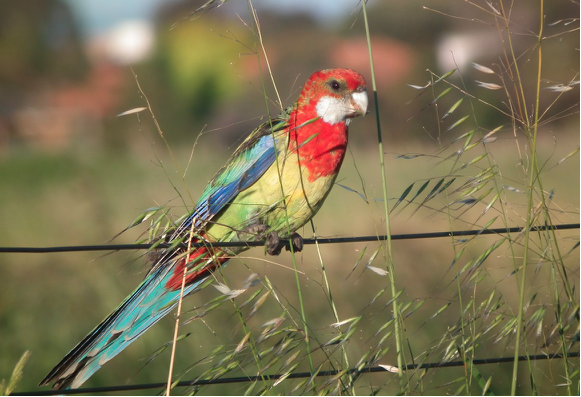Small and isolated habitat patches crucial to species survival

Small local patches of bushland could be playing a much bigger role in conserving biodiversity than previously thought, according to new research.
The global study just published in the Proceedings of the National Academy of Sciences looked at the conservation values of vegetation patches in 27 countries on four continents including Australia, and considered their size and distance to other habitat.
The results were surprising, according to lead researcher Brendan Wintle from the University of Melbourne, who is the Director of the Threatened Species Recovery Hub.
“Compared to large and well-connected habitat areas, small and isolated patches of habitat have generally been treated as not very important to conservation,” Professor Wintle said.
“This includes places like small patches of bush, wetland or grassland along roadsides, in urban areas or in between agricultural crops.
“What we have found, however, is that small and isolated habitat areas are very important to the survival of many rare and endangered species.
“We need to re-think vegetation management regulations and policies that allow small patches of vegetation to be destroyed.
“The environment is suffering a death by a thousand cuts. Losing small habitat patches, especially when it happens all over the country, is contributing to Australia’s current extinction crisis.”
Co-researcher Heini Kujala, also from the University of Melbourne, said once you start considering how much habitat is left for a species, small patches can be very valuable.
“Small habitat patches can sometimes be the last pieces of a once widespread habitat. For species that rely on this type of habitat that makes them very important,” Dr Kujala said.
“Definitely we are not saying that it is an improvement to cut up big habitat areas into smaller pieces, rather that many of the small pieces that we have left are really important for conservation.”
Co-researcher Sarah Bekessy from RMIT University argues that the study has very high importance for urban planning policy in Australia.
“We can’t continue to allow vegetation in urban areas to be lost to development. These places are very important for nature and also for people’s physical and mental health,” Professor Bekessy said.
“Our policies should protect these valuable places and aim to restore more habitat in urban areas.
“Adopting biodiversity sensitive urban design approaches would improve urban areas for people as well as wildlife.”
Professor Wintle hopes the research will raise awareness among planners, land managers, scientists and the community about the value of small vegetation patches.
“It’s good to know that the work of community groups in conserving and restoring small patches of habitats in their local neighbourhood is a thoroughly worthwhile activity,” Professor Wintle said.
The Threatened Species Recovery Hub is a collaboration of 10 leading Australian universities and the Australian Wildlife Conservancy to undertake research to support the recovery of Australia’s threatened species. The hub receives funding from the Australian Government’s National Environmental Science Program.